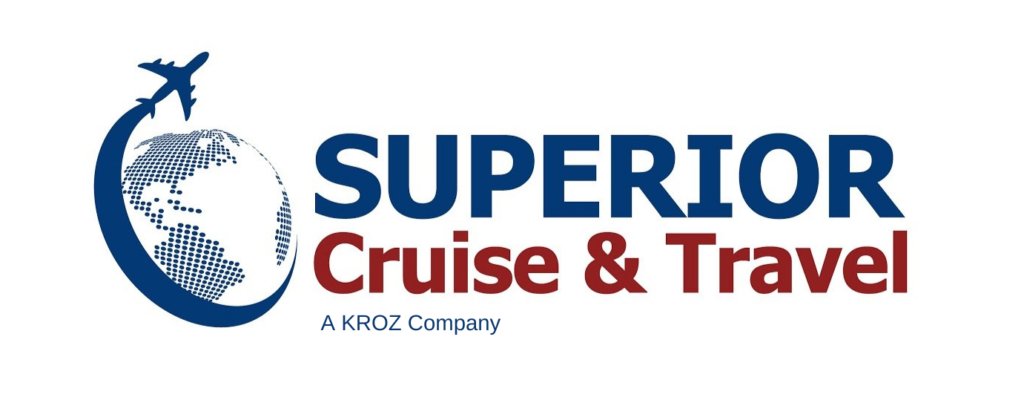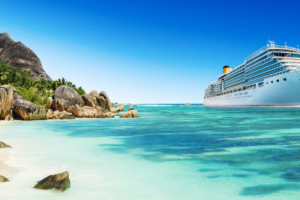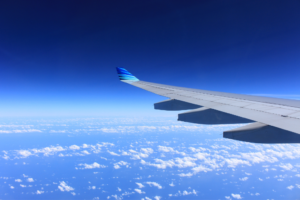If you’re looking for a truly unique and awe-inspiring travel experience, look no further than the Aurora Borealis, more commonly known as the Northern Lights.
Did you know? The scientific name for the Southern Lights is Aurora Australis. More on that later.
This natural light show is caused by electrically charged particles from the sun colliding with particles in the Earth’s atmosphere, creating a breathtaking display of colorful lights in the sky.
The Northern Lights are a stunning sight to behold!. It’s important to plan your trip carefully to ensure the best possible “hunting” experience. Factors such as your destination, weather, light pollution, and timing can all impact your ability to see the lights.
A phenomenon known as Coronal Mass Ejections occurred in April 2023, producing “light shows” visible across much the United States. Sighting were reported in Arizona, Arkansas, Colorado, Illinois, Iowa, Nevada, Oklahoma, South Dakota, Texas, and Wisconsin!
With some research, preparation, and help from our travel experts, you can enjoy a once-in-a-lifetime journey to witness this natural wonder under “normal” conditions.
Understanding Aurora Borealis
If you’re planning to travel to see the Northern Lights, it’s important to understand what Aurora Borealis is. What causes it? When is the best time to see it? In this section, we’ll cover all of these topics to build the perfect vacation package for you.
What is Aurora Borealis?
Aurora Borealis, the Northern Lights, is a natural light display that occurs in the sky. This is primarily in high-latitude regions. Some of the magnificent views are on display here…
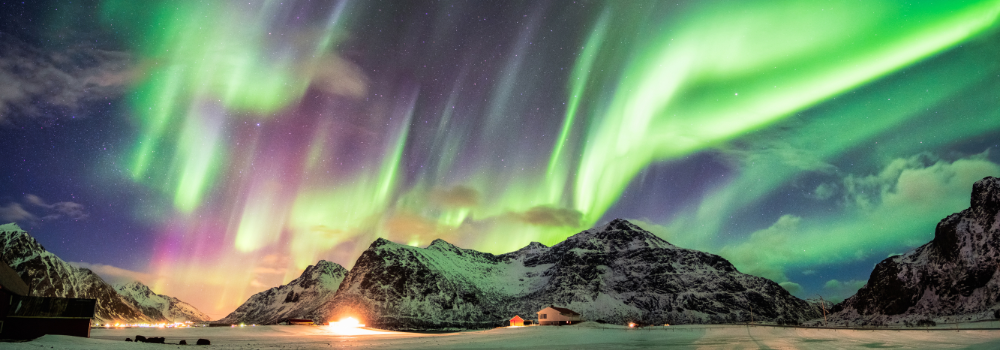
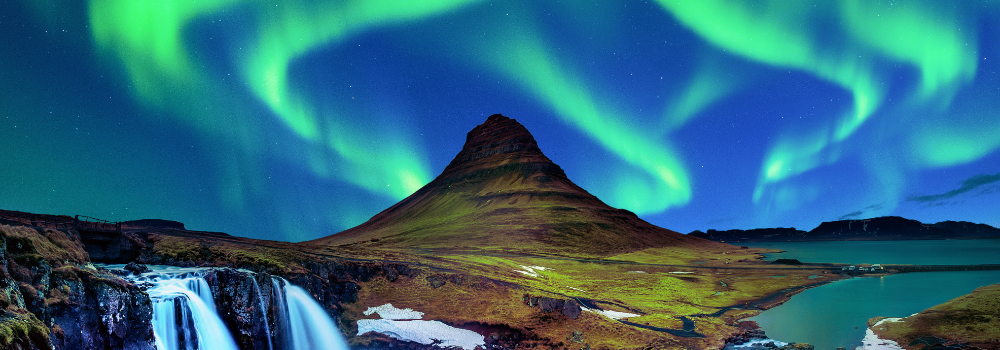
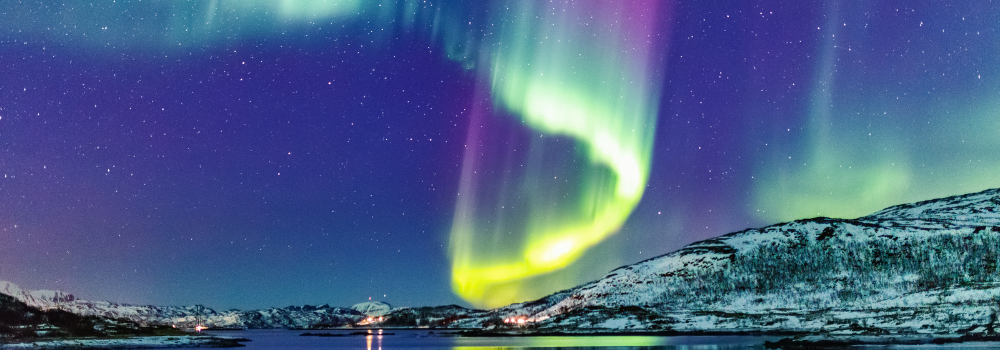
What causes Aurora Borealis?
Aurora Borealis is caused by particles from the sun, also known as solar wind. When they collide with the Earth’s magnetic field and atmosphere the light show is produced. These particles are charged and attracted to the Earth’s magnetic poles, where they collide with gas molecules in the atmosphere, causing them to emit light.
The colors of Aurora Borealis depend on which gas molecules are being excited by the charged particles. Oxygen molecules emit green and red light, while nitrogen molecules emit blue and purple light.
When is the best time to see Aurora Borealis?
The ideal time to see the spectacular nature show is between September and March when the Earth’s magnetic field is most active and the solar wind is strongest. Also, the nights are longer and darker during these months.
It’s also best to choose a location that is far away from light pollution. This minimizes interference with the visibility of the Northern Lights. Popular destinations for viewing Aurora Borealis include Alaska, Norway, Iceland, Greenland and Canada.
Now that you understand what Aurora Borealis is, what causes it, and when the best time to see it is, you’re ready to plan your trip to see this stunning natural phenomenon.
Preparing for the Trip
Traveling to see the Aurora Borealis is an unforgettable experience that requires proper preparation. Here are some tips to help you plan your trip:
Choosing the right time to travel
As we mentioned above, the best time to see the Northern Lights is during the winter months.
However, it’s important to check the weather forecast and the aurora activity level to increase your chances of seeing the lights. You can use forecasting websites to track the aurora in the future and choose the best time to travel.
Our travel consultants can also help you decide which time of year you should go depending on your final destination.
Selecting the best location to view Aurora Borealis
The Northern Lights can be seen in many locations around the world, but some places offer better viewing opportunities than others. Here are some of the best locations to see the Aurora Borealis:
Norway
Norway’s northern regions, including Tromsø and Svalbard, are located within the Aurora Belt, which is the area where the Northern Lights are most active. Norway also has a relatively low amount of light pollution, making it easier to see the Aurora Borealis.
Iceland
Iceland is another popular destination for viewing the Northern Lights. The country’s remote location and low levels of light pollution make it an ideal spot to witness the Aurora Borealis. Visitors can also enjoy other outdoor activities such as glacier hiking and hot springs while waiting for the lights to appear.
Finland
The northern regions of Lapland and Rovaniemi are known for their clear skies and low levels of light pollution, making them perfect spots for viewing the Aurora Borealis. Visitors can also enjoy activities such as reindeer sleigh rides and snowmobiling during their stay.
Sweden
Sweden is also a great place to see the Northern Lights. The country’s northern regions, including Abisko and Kiruna, are located within the Aurora Belt, providing a high chance of witnessing the Aurora Borealis. Skiing, dog sledding and ice fishing are popular activities you can enjoy in Sweden.
Canada
Canada is another country that offers a good chance of seeing the Northern Lights. The country’s northern regions, including Yellowknife and Whitehorse, are located within the Aurora Belt. Visitors will also be presented with the opportunity to enjoy winter activities such as skiing and snowshoeing while waiting for the lights to appear. Or, can double up their trip to somewhere in the northern part of the United States.
Alaska
Alaska’s northern regions, including Fairbanks and Anchorage, are located within the Aurora Belt, offering a high chance of witnessing the Aurora Borealis. Visitors can also enjoy the wildlife, glaciers or go fishing during their stay.
Greenland
Greenland’s vast island is located in the Arctic Circle. This provides travelers with a great chance to see the Northern Lights. The beautiful remote location and low levels of light pollution make it an ideal spot for viewing and taking professional-like photos.
Our team at Superior Cruise & Travel, a KROZ company, has exclusive travel packages specifically designed to explore the Northern Lights. Our travel agents will work directly with you to create a memorable experience for you and your group!
Ways to Travel to See the Northern Lights
If you’re planning a trip to see the Aurora Borealis, there are a few things to consider when it comes to getting there.
Transportation options to Aurora Borealis
There are a few different transportation options to consider when traveling to see the Northern Lights. Some popular choices include:
- Flights: Many airlines offer flights to cities near popular Aurora Borealis viewing locations, such as Reykjavik, Iceland or Tromso, Norway.
- Cruises: Some cruise lines periodically offer Northern Lights-themed cruises that take passengers to prime viewing locations.
- Train: In some regions, such as Finland, trains can be a convenient and scenic way to travel to Aurora Borealis viewing spots.
- Car rental: Renting a car can give you more flexibility when it comes to exploring the area around your chosen viewing location.
Navigating the area
Once you’ve arrived at your destination, it’s important to have a plan for navigating the area. Some things to consider include:
- Guided tours: Many destinations offer guided tours specifically focused on viewing the Northern Lights. These can be a great option if you’re not familiar with the area and want to ensure you’re in a prime location for viewing.
- Weather conditions: Weather can play a significant role in Aurora Borealis visibility. Be sure to check the forecast and plan accordingly. Sometimes a well-planned vacation means you’ll have to make the most out of it.
- Light pollution: Light pollution can make it more difficult to see the Northern Lights. Try to find a viewing location that is away from city lights. The destinations we mentioned above are remote and ideal for experiencing the natural light show.
- Timing: The Aurora Borealis can be unpredictable, so it’s important to be patient and flexible. Consider planning your trip for a few days or even a week, if you can, to increase your chances of seeing the lights.
10 Fun Facts About the Northern Lights
As a bonus, here are ten fun facts to get you excited about your journey:
- The Northern Lights are also known as Aurora Borealis. The name comes from the Roman goddess of dawn, Aurora, and the Greek name for the north wind, Boreas.
- The Northern Lights are caused by electrically charged particles from the sun colliding with particles in the Earth’s atmosphere. The colors you see depend on the type of gas particles that are colliding. Oxygen produces green and red lights, while nitrogen produces blue and purple lights.
- Auroras usually occur in a ring-shaped belt about 4,000 km (2,500 miles) in diameter near the magnetic poles of the Earth.
- The Northern Lights can occur at any time of the year. However, the best time to see them is during the winter months when the nights are longer.
- The Northern Lights are not just visible in the Arctic. They can also be seen in places like Scotland, Canada, and even as far south as New Zealand.
- Contrary to popular belief, the Northern Lights are not always green. They can also be red, blue, purple, and even pink.
- The Northern Lights have been observed for thousands of years. The ancient Greeks and Romans wrote about them, and the Inuit people believed they were the spirits of their ancestors.
- The Northern Lights are not just a visual spectacle. They also produce a sound known as “auroral hiss,” which is caused by the collision of particles in the Earth’s atmosphere.
- The Northern Lights are listed among the Seven Natural Wonders of the World, along with the Grand Canyon, the Great Barrier Reef, Mount Everest, Rio de Janeiro, Victoria Falls, and Niagara Falls.
- The Northern Lights are unpredictable. They can appear suddenly and last for just a few minutes, or they can last for hours.
Conclusion
We hope you’re excited about your future trip to see a magical wonder! To make it a memorable and exciting experience, our travel agents can help you craft the perfect itinerary.
Contact Superior Cruise & Travel, a KROZ Company, and speak to a live, experienced agent today! Call us at 800.992.8064 or email [email protected] to get the conversation started.
